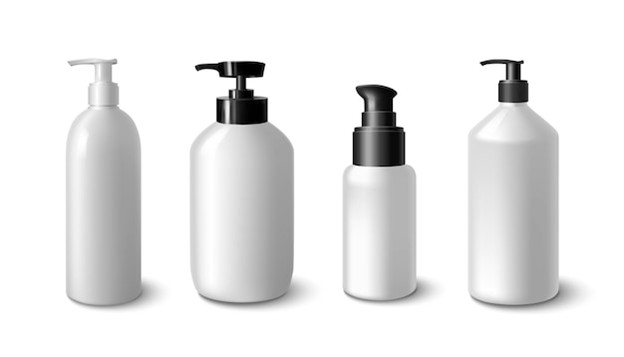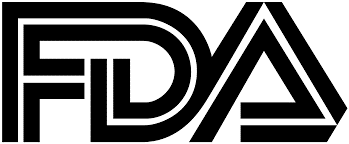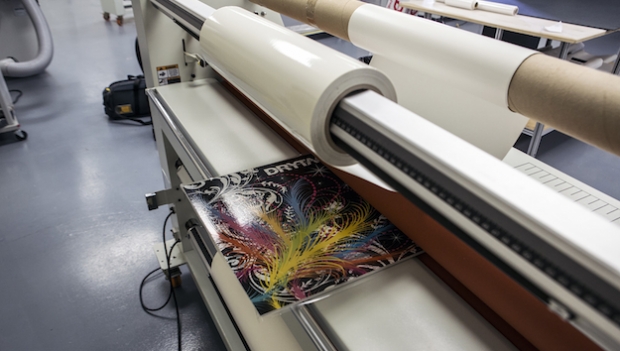Rfid has a critical role to play in supply chains and has been widely tested as a means for tracking and tracing pharmaceuticals at the item level. Rfid is actually a codecarrying technology, and can be used in place of a bar code to enable nonlineofsight reading. currently, however, rfid has a number of limitations That mean that bar codes still have a role to play. specifically these include tag cost, tag readability, and privacy issues.
The cost of rfid tags and thorough quality control requirements currently limits their economic justification for itemlevel coding. reading rfid tags requires specialized equipment, limiting their usefulness for consumers. Product orientation, packing density, and materials can have a significantly detrimental effect on read reliability.
So, although rfid technology continues to improve&mdashbringing down costs and improving performance&mdashitemlevel traceability is required today, creating an opportunity for printed codes. The key to implementing traceability is the ability to put variable data on a package or label&mdashin a bar code, or in a numeric or alphanumeric code or both. Because this code varies with each impression, variable data printing vdp technology is required. packaging converters have a choice of three different classes of technology &bull inkjet&mdashinkjet thermal or continuous systems are capable of printing high resolution 300 dpi or higher for thermal images at high speed up to 300 fpm. these solutions can be deployed either onpress or offline. companies such as efijetrion, domino, and markem provide these technologies. inks can also be loaded with security taggants for added covert security.&bull laser&mdashlaser marking can be employed to ablate a coating or to cause a color change in certain materials.
The advantages of laser are fine detail and high speed for character printing and no consumables. not all substrates accept a laser mark, and certain colors e.g., red are not suitable for bar code reading.&bull thermal transfer&mdashfor lower speed offpress applications, thermal transfer printers are ideal for printing variable data on labels or bags. thermal transfer ribbon can also contain security features such as fluorescing additives.good process control and feedback loops for code quality validation are essential. bar codes, for example, must meet standard quality specifications to ensure downstream readability e.g., isoiec 15415. a clogged printhead , dirty laser lens, or crumpled thermal ribbon can lead to unreadable codes. Scrapped labels with codes may need to be reprinted or digitally scrapped out. splicing techniques need to preserve sequences and continuity of codes.traceability codes that are preprinted on labels or packaging need to be securely managed and communicated to the customer.
There also needs to be a system for querying codes&mdashsuch as through a web site, sms, or cell phone &mdashand for analyzing authentication patterns to detect problems and alert brand owners.







